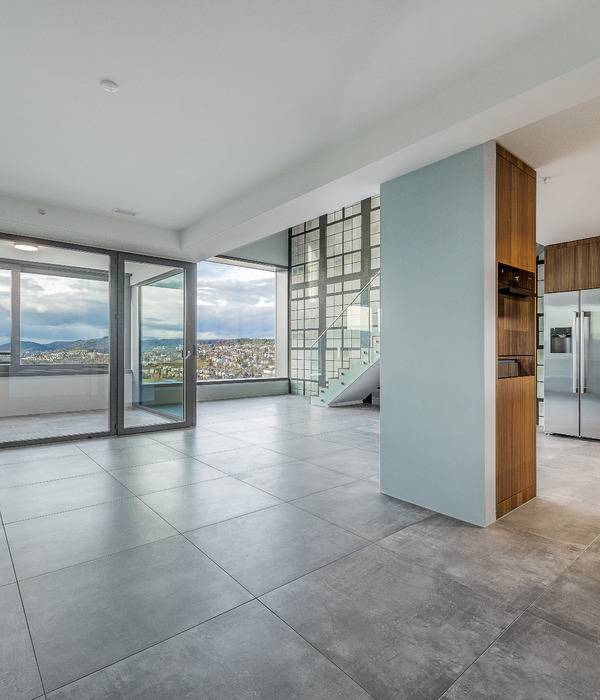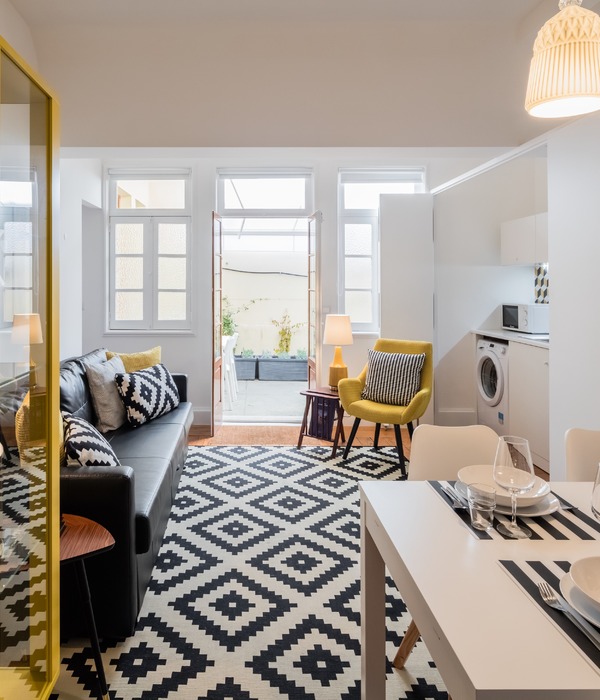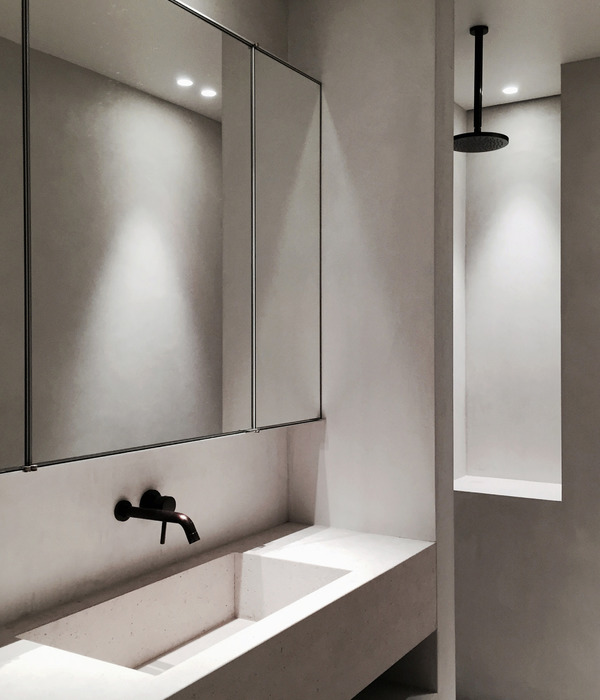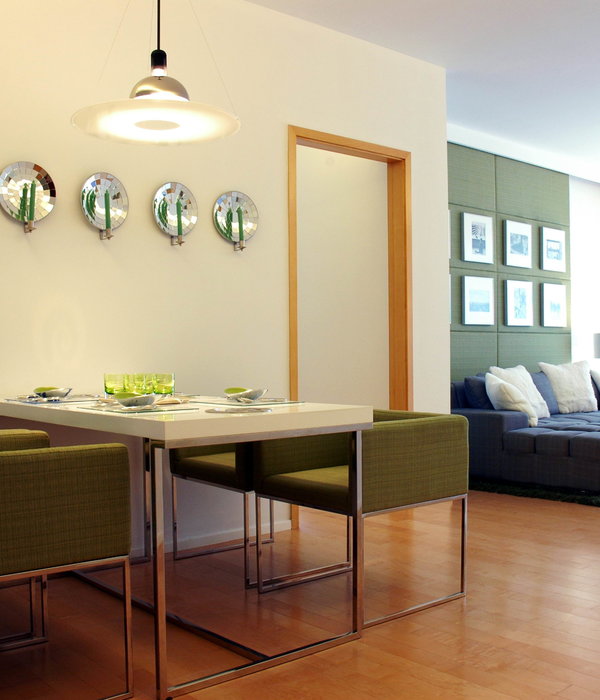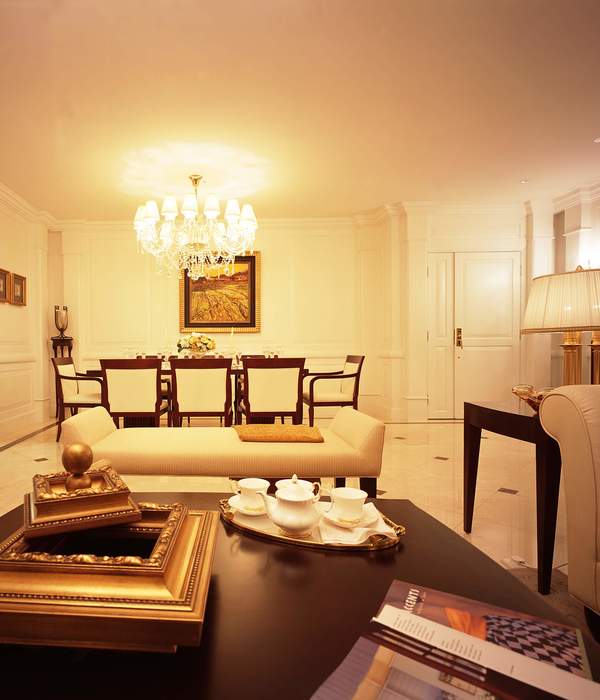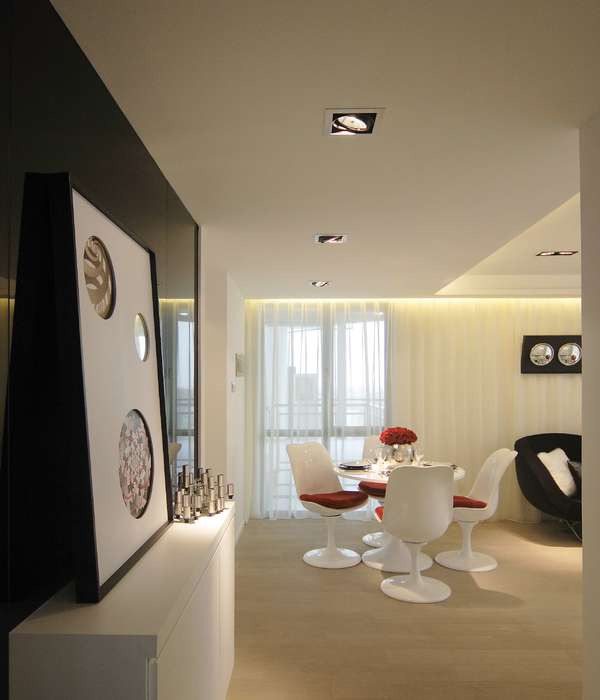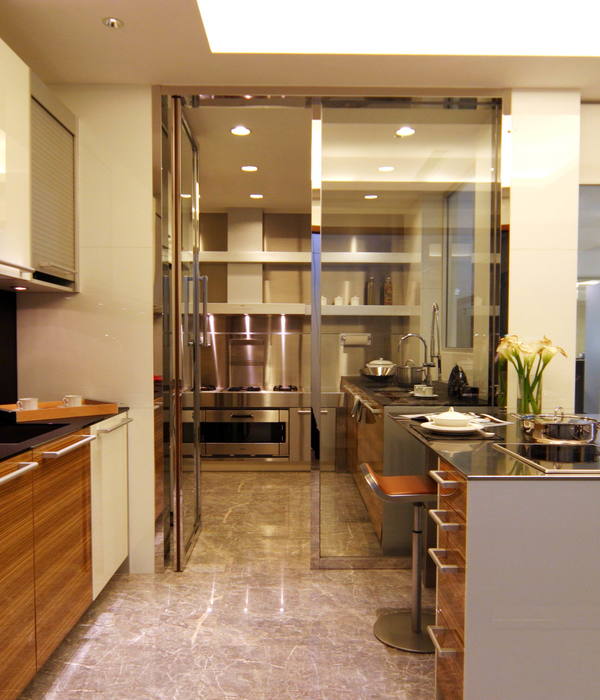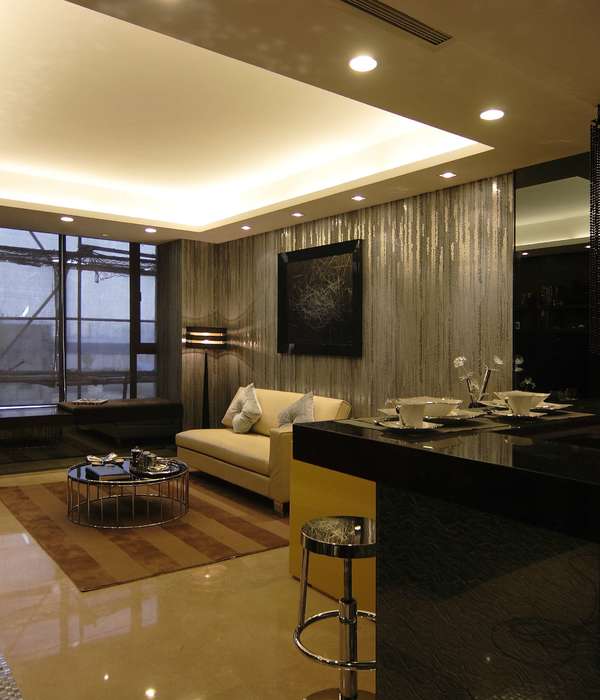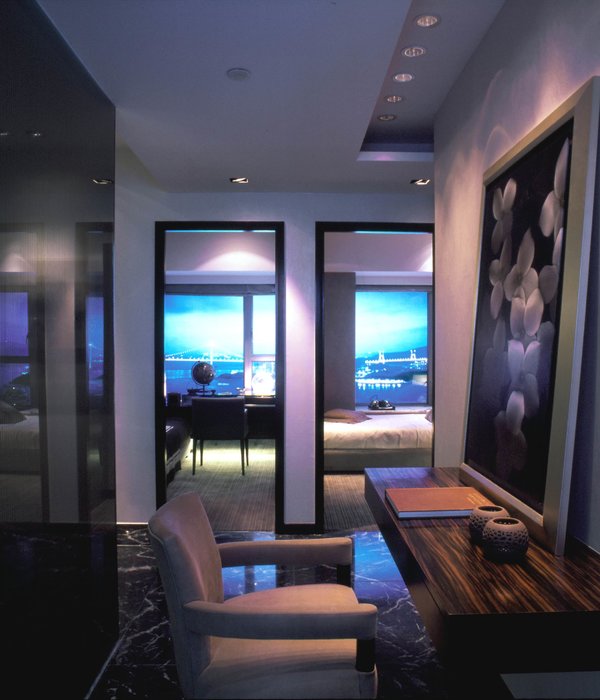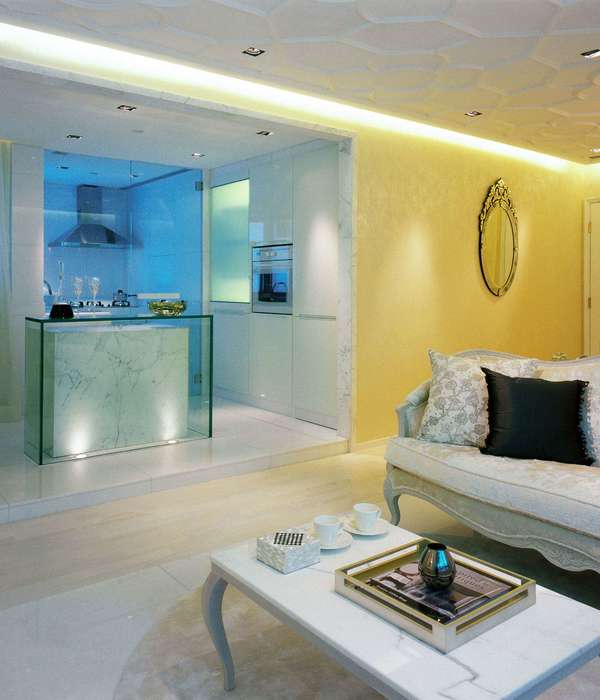Architects:Choo Gim Wah Architect
Area :1031 m²
Year :2019
Photographs :Lawrence Choo
Manufacturers : AutoDesk, Adobe, GNG Tiles, Johnson Suisse, Trimble Navigation, YTL CementAutoDesk
Engineering :Ng & Ng Consult Sdn Bhd
Architect In Charge : Choo Gim Wah
Lead Designer : Liew Yit Meng
Technical Designer : Tung Chee Quan
Text : Nizar Musa
City : Bentong
Country : Malaysia
The Canvas Hill Residence, its name, a combination of a painter’s medium and the sloping Janda Baik site, reflects the spirit of the homeowner – a renowned local artist – that on many levels intuits its use and genius loci within a modern yet traditional-infused architectural proposition.
The site’s naturally flat crest atop a 7m-high knoll proffered a datum that architect Choo Gim Wah would leverage on. “The design I envisioned was a courtyard by the slope, framed by two pavilions. It had to be direct, bold, strong. Yet, it also needed to be light. “So we thought of the traditional Chinese courtyard residence, or siheyuan, but with three sides where an infinity pool forms the enclosing fourth side.”
The courtyard, seen through the house’s moon-gate entrance, is ostensibly defined by the residence’s pavilions that frame the picturesque horizon beyond. Of the two, the main dwelling-cum-art-spaces is the larger edifice; layered with cantilevered decks and flying roof, the three-storey pavilion manages to effortlessly project off the sloping terrain. The second more diminutive guest pavilion, though visibly grounded, retains a similar language. The scheme as a whole is overtly linear, but is skillfully manipulated to elicit the necessary lightness and dramatic effect desired for such a prominent site.
Within the main pavilion, the residence’s three modes – private, semi-private and public – are negotiated via stacking. As a family home, the pavilion’s basement and first floors house the semi-private spaces; living and dining areas are gallery-like in their open-plan configuration, exposed to both courtyard and the 2.1m-wide cantilevered timber deck with a view of Genting Highlands. The second-floor family room and bedrooms are likewise encircled by a deck, connected to the level below through a steel staircase.
An outdoor patio beneath the first floor deck serves as the artist’s workspace. Its 3m-high ceiling invites natural illumination ideal for producing artwork, simultaneously shielded from inclement weather by the generous overhang above. The art gallery directly adjoins the workspace, and features both the artist’s works and his private collection. Open to periodic viewing, the space represents Canvas Hill’s public program, accessible by a dedicated entryway and guest parking at a lower platform separate from the home entrance.
Indoor temperatures remain surprisingly respectable, courtesy of the building’s axial orientation, the elevated climes and cooler air; high-level louvres like those of traditional kampung houses ventilate the pavilion even when doors and windows are closed. On hotter days, the decks and flying roof provide shade and cooling without necessitating air-conditioning, making the pavilion’s passive design an all-in-one solution.
Chengal is used in the decking, the hardwood ending warmth, durability and colour to the residence’s most distinctive features. Vertical strips of merbau are integrated into the steel columns, extending further the ambience of wood into the private areas. “It was definitely more adventurous (doing this design). What you see is what you get,” remarks Choo on the collage. “But coordinating all of it was very tough. You have the different materials which require different details, different methods of construction.
▼项目更多图片
{{item.text_origin}}

